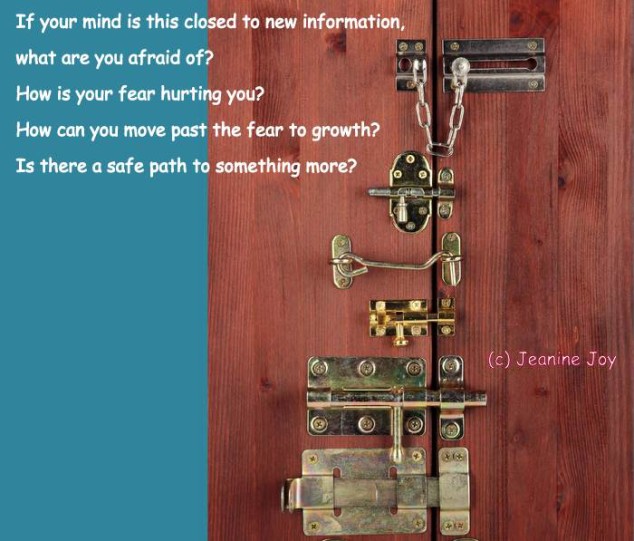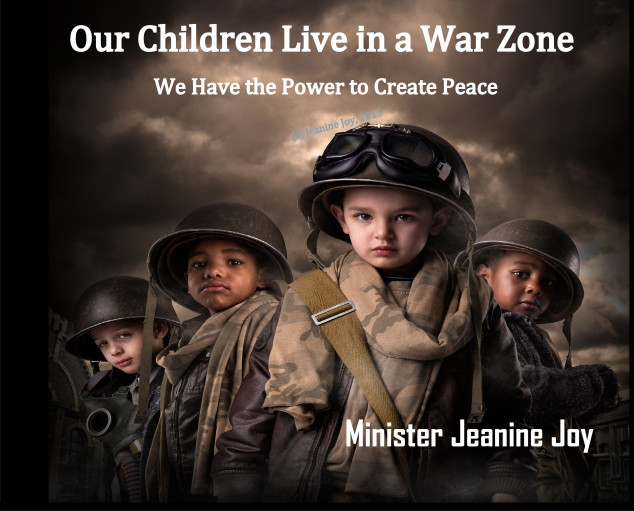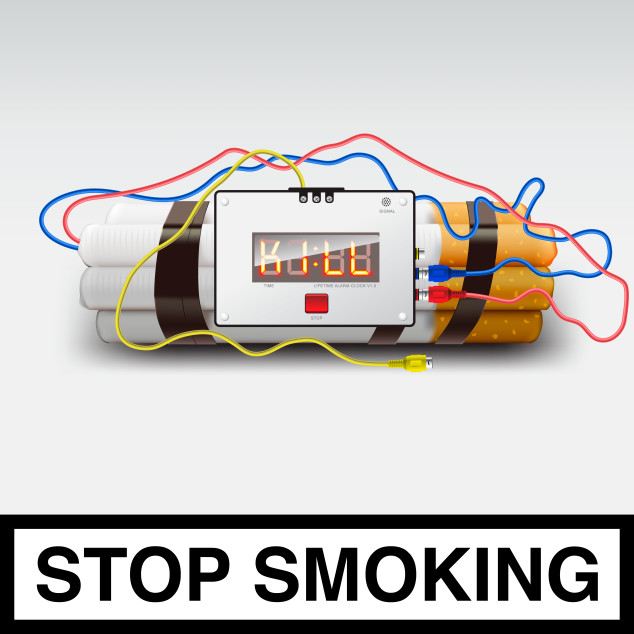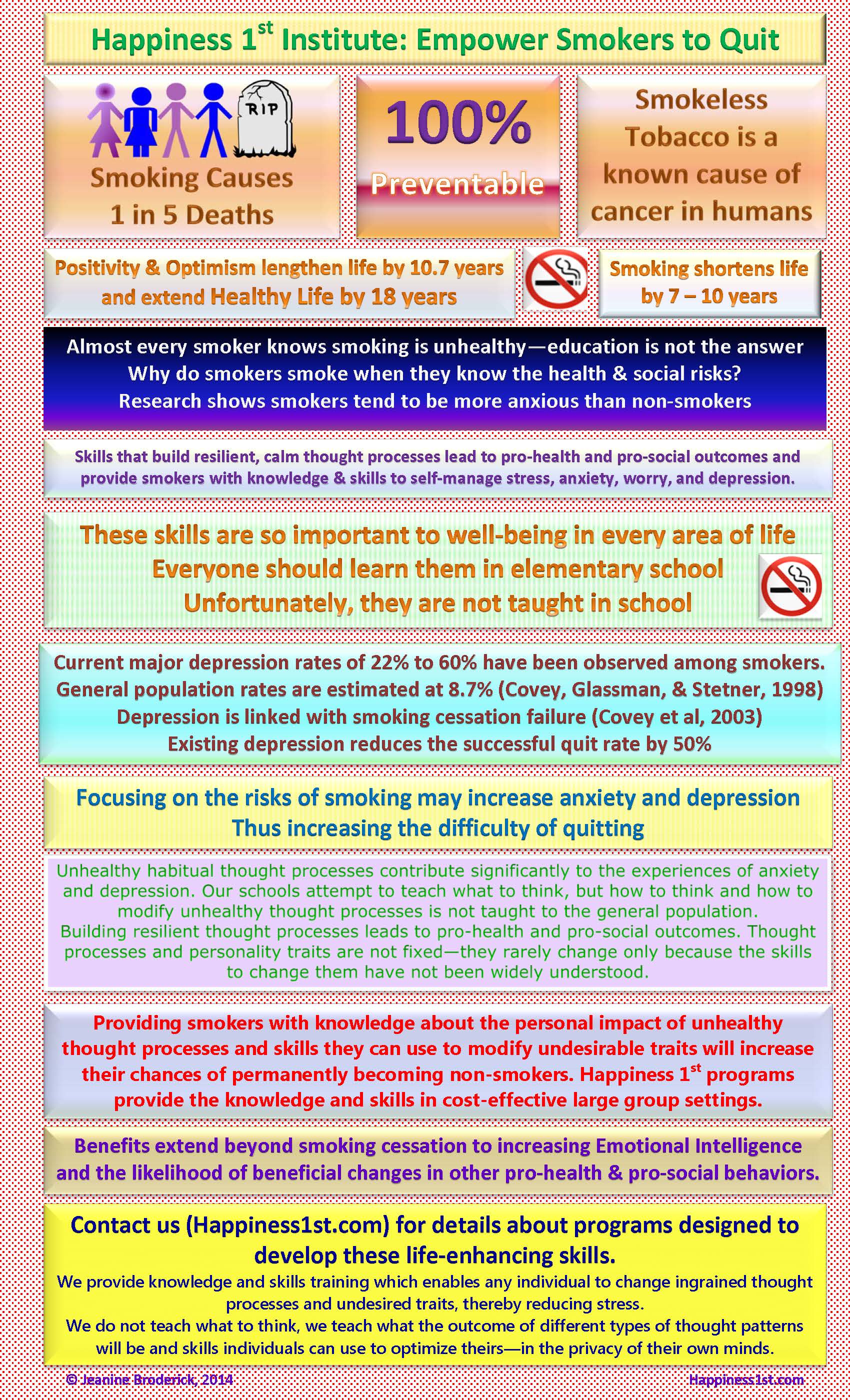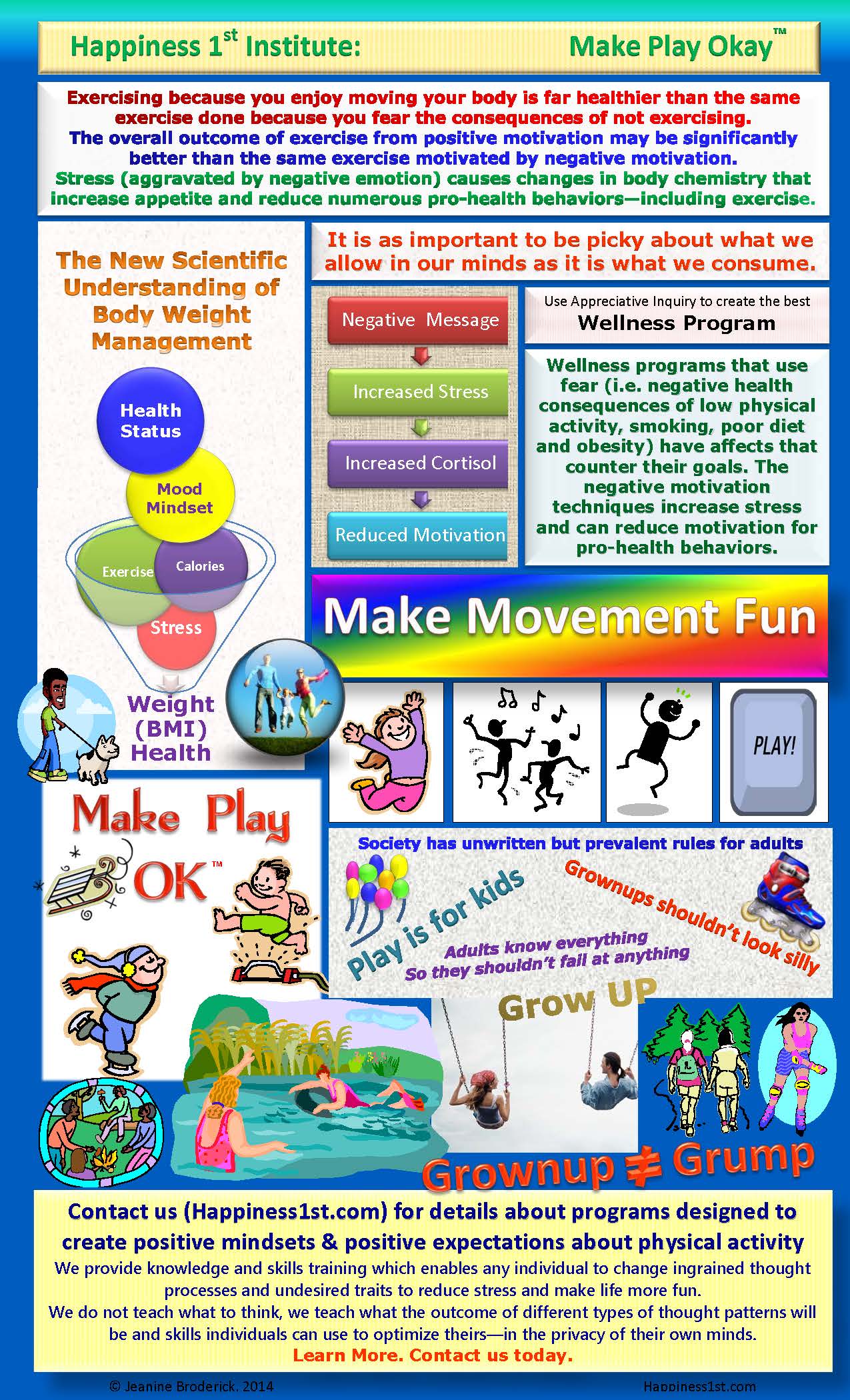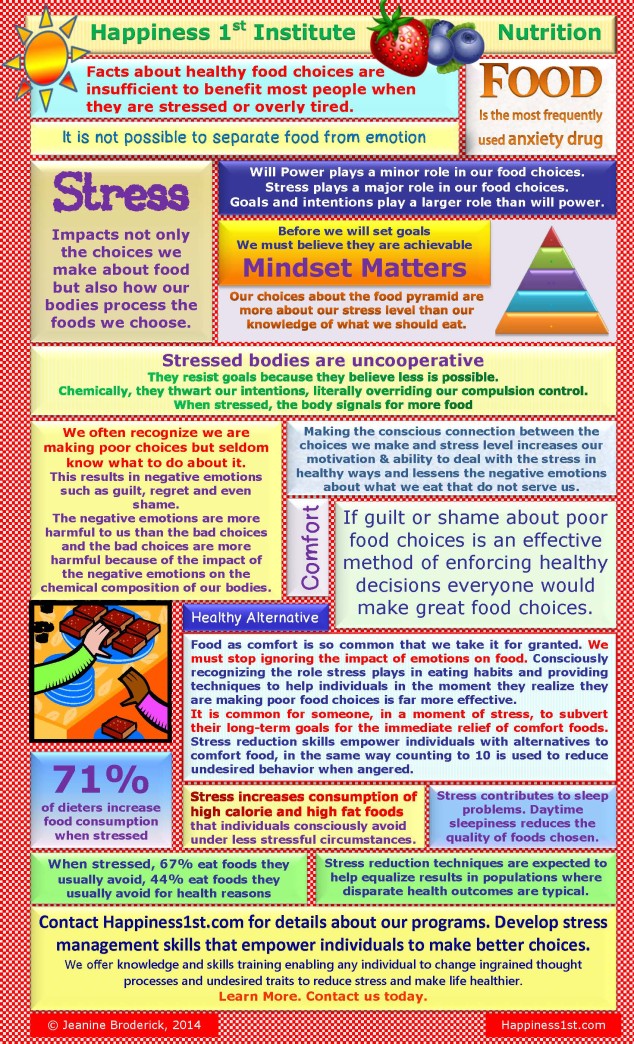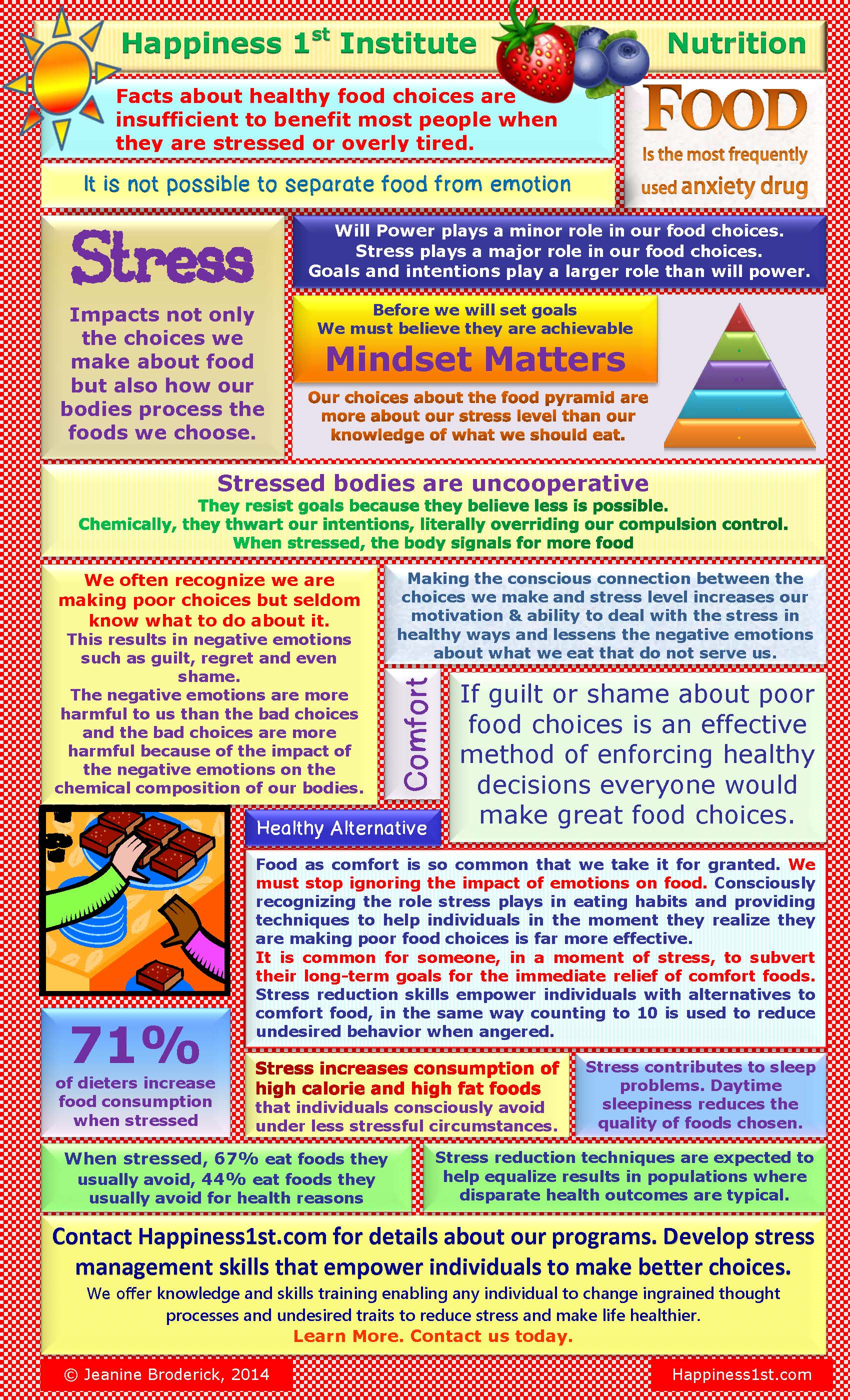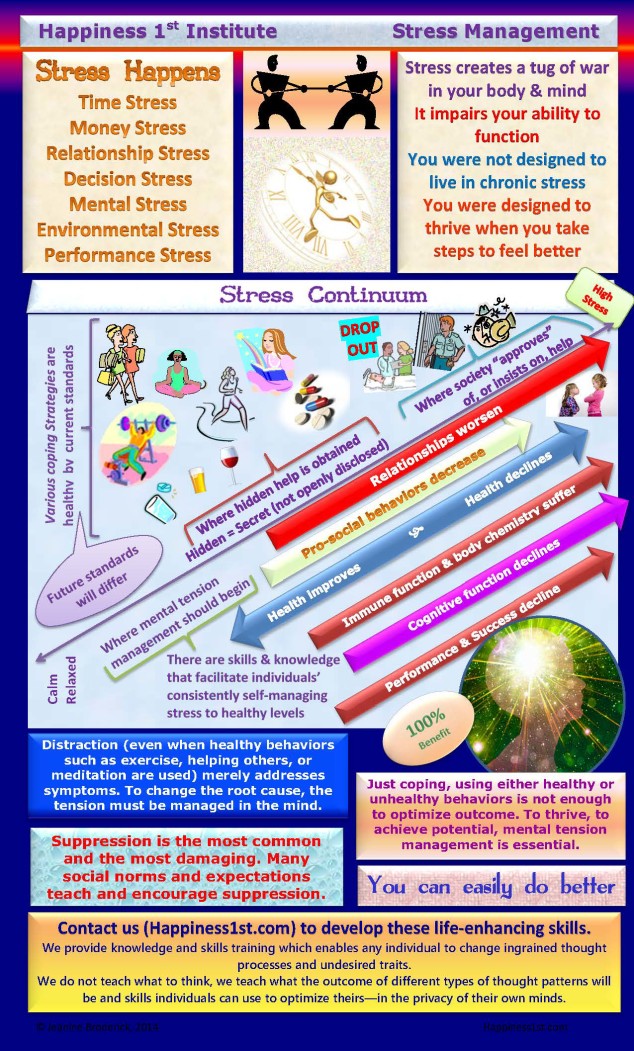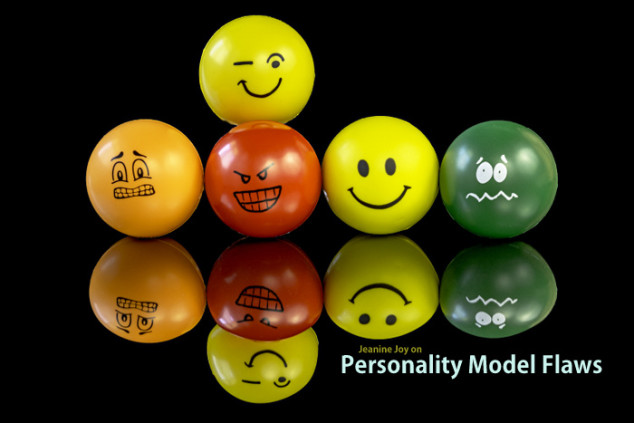Personality Models: The Flaw
Can greater accuracy and completeness of personality models be obtained using emotional state data? I believe it can.
Existing personality models seem to explain behavior because most individuals maintain a relatively consistent chronic emotional state throughout life.
Emotional State (ES) is a way of referring to the emotion someone is feeling in-the-moment. (i.e. happy, sad, depressed, hopeful, hopeless, frustrated, angry, anxious, eager, etc.)
Chronic Emotional State (CES) is the set point, or emotional state a specific individual tends to return to repeatedly in the absence a significant reason to feel otherwise.
The behavior individuals exhibits is tied most closely with the current Emotional State. The personality model research I’ve reviewed looks at behavior, but not emotional state at the time the behavior is observed. Self-reports of behavior also do not gather data on emotional state at the time of the behavior.
An individual whose Chronic Emotional State is happy exhibits behaviors consistent with that Emotional State. There will be variances due to occasional lower Emotional States and during times of resource depletion (i.e. illness and sleep deprivation). High stress will cause temporary changes in Emotional State.
The consistency of Emotional State is well documented in the scientific literature. Lottery winners, newlyweds, and newly disabled individuals typically return to their Chronic Emotional State within two years after these significant life changes. The reason for the stability of Chronic Emotional States is not because it is genetic or a fixed human trait.
Chronic Emotional State is the result of habits of thought.
Why isn’t this commonly recognized? First, because researchers do not tend to explore individual difference at the level of thought. The work would be extremely time-consuming and would lack consistency because at the level o thought the uniqueness of each one of us becomes very apparent. Even two people who make identical choices follow very different thought processes to reach the decision.
Secondly, because habits of thought are habits–but not recognized as such and we are taught our personalities are who we are, few people change their thought patterns. Many people have a fear that if they change their personality they will no longer be the same person. Some fear they will no longer know their self. The truth is, those who deliberately change their habits of thought know their self better than they ever did before they experienced the liberating power of changing habits of thought that weren’t serving them well.
Like any habit, changing habits of thought takes commitment and does not happen overnight.
Patience with oneself is required, but the knowledge and establishment of realistic expectations about how long it takes to create new habits of thought is not readily available. While we can think, and can even believe, new thoughts immediately. But even when we believe something that opposes our former habits of thought, the old habitual thoughts will continue coming to mind until the thought-paths that supported the beliefs are allowed to diminish and new thought-paths that support the new belief are developed. Until this process is completed, you may find yourself thinking (and in the early stages) even speaking things you no longer believe. It’s just old programming that is still stronger than the new programming you’re creating. It’s natural and it does not mean you can’t change the habit of thought, just that the process is not yet complete.
What we do and why
We do what we believe will feel better, via it is via approach or avoidance.
Long-term vs. Short-term Goals
Whether we’re looking long-term or short-term when we make decisions about what will feel best depends on a variety of factors, but mostly on which ones we’ve focused on more. If long-term goals aren’t given a lot of airtime in our mind, short-term goals will steer our decision-making because we have not created thought-paths to thoughts about the potential consequences of our actions as they related to our long-term goals.
Focusing on long-term goals increases the consideration we give the consequences of our words and actions. However, it is important that the goals be our own–not goals others attempt to impose upon us.
Recommended Research Direction
If personality trait researchers would begin collecting data about mood (Emotional State), they would see more clearly why inconsistencies between their models and research findings continue to appear. The connection between Chronic Emotional State and behavior would become more apparent.
If personality trait researchers did a study where they collected the usual data and mood and then put the study group through my 40-hour program where they are taught the effect habits of thought may have on their lives and how to develop new habits of thought that support their ability to thrive more in all areas of life, they would be amazed at the results. By collecting the usual data and mood before and after (at the end of the course, 3-months post course and 1-year post-course), they would see clearly why there are so many inconsistencies.
An additional step that would be labor intensive but provide very valuable insights would be to collect and analyze answers to brief essay questions before the course and again one year later. Using questions that pertain to common life events would provide significant insights to the value to individuals and to society of empowering individuals with the knowledge and skills that allow them to deliberately change their habits of thought.
As a starting point, I suggest the following questions:
Instructions: Read each question and imagine yourself in the situation described. Write the first thoughts that come to your mind. There are no wrong answers. When it asks “What do you do,” your answer can reflect what you think because thinking is doing something. Biological functions (i.e. go to the bathroom) should not be reported unless they are related to the emotional state you’re imagining. Please limit your answers to 300 words, but be sure to answer each element of every question. Thank you.
- You are in a restaurant. Your spouse/date/significant other is late meeting you and has not called or texted. What do you do? A) When s/he is late (immediate response)? B) How do you feel (emotion)? C) If you wait, what do you do while you wait?, and D) When you see him/her, what do you do?
- Your boss gives an assignment you wanted to someone else. What do you do and how do you feel?
- You’re in a bad mood. A) What do you do and how do you feel? B) Define bad mood as it personally applies to you.
- You’re given an opportunity that requires you to do something that makes you anxious, but doing this could lead to something you want but don’t know how to achieve/get otherwise. The thing that makes you uncomfortable is legal, ethical and moral. What do you do and why?
- You want two things that seem to conflict. You don’t see how you can have both. What do you do and why?
- Someone is rude to you. A) Describe the situatiorgiveon. B) What do you do? C) Why?
- You disagree with someone close to you (i.e. parent/sibling/spouse/child/sibling/long-term best friend). How do you feel and what do you do?
- You find someone’s wallet and there is cash in it. What do you do and why?
- Someone who hurt you a long time ago asks for forgiveness. What do you do and how do you feel?
- You decide you want something you have no idea how to get or achieve. What do you do and how do you feel?
- You have company over and the dog eats dinner before it is served. What do you do and how do you feel?
- You’re on your way home from somewhere that you go frequently and you miss your turn. What do you do and how do you feel?
- Before you go to sleep at night, how do you usually feel and what do you usually do?
- When you wake-up in the morning, how do you usually feel and what do you usually do first?
I would be happy to participate in research with any interested researcher.

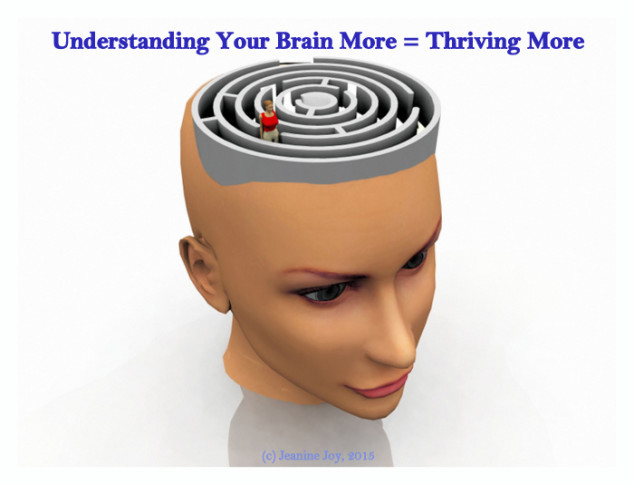

 If you deliberately focus only on what you like in pictures and as soon as you notice yourself finding something that you do not like you deliberately re-focus your attention on what you like, you will re-program your brain to find things you like.
If you deliberately focus only on what you like in pictures and as soon as you notice yourself finding something that you do not like you deliberately re-focus your attention on what you like, you will re-program your brain to find things you like.